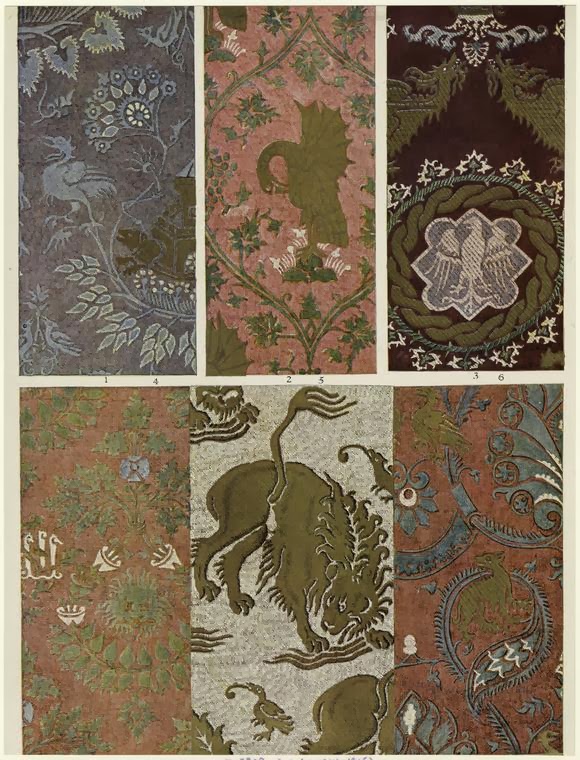It's difficult to find a photo of pelicans in Venice, but I know they're there. In fact, take a look at this Byzantine Mosaic of Noah inviting pelicans into the ark from St. Mark's in Venice, Italy:
There are two types of pelicans in Italy.
The Great White Pelican:
And the Dalmation Pelican:
In my book, Marco Polo, it was the very large Dalmation Pelican that stole the cucumber from the Polos on their journey to Acre. Pelicans don't eat cucumbers. He mistook the cucumber for a fish, their main source of food.
The Dalmation Pelican is the largest of the pelicans and one of the largest living bird species. It grows up to six feet in length and has a wingspan of nine to twelve feet! It is the heaviest of the flying birds and can weigh up to 25 pounds.
Pelicans are ornery and compete with humans for fish. As a result, they aren't well-liked by some fishermen.
Here's a neat video of a Great White Pelican that's the mascot of Mikinos, Greece. It will give you an idea of how large these birds are.
And here are some Dalmation Pelicans chasing a boat:
What would you do if a Pelican stole your fish?
 | |
| While his family waits to go aboard, Noah helps the animals to enter the Ark. Byzantine mosaic. 13th c. |
The Great White Pelican:
And the Dalmation Pelican:
In my book, Marco Polo, it was the very large Dalmation Pelican that stole the cucumber from the Polos on their journey to Acre. Pelicans don't eat cucumbers. He mistook the cucumber for a fish, their main source of food.
The Dalmation Pelican is the largest of the pelicans and one of the largest living bird species. It grows up to six feet in length and has a wingspan of nine to twelve feet! It is the heaviest of the flying birds and can weigh up to 25 pounds.
Pelicans are ornery and compete with humans for fish. As a result, they aren't well-liked by some fishermen.
Here's a neat video of a Great White Pelican that's the mascot of Mikinos, Greece. It will give you an idea of how large these birds are.
What would you do if a Pelican stole your fish?





.JPG)








































